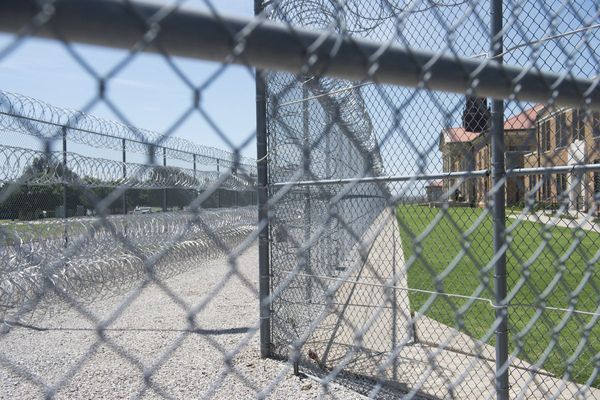
In 2020, 37.2 million people, or 11.4 percent of the nation’s population, lived below the poverty line, according to the U.S. Census Bureau. With many Americans considered the working poor, it’s important to consider why so many can’t get out of poverty. The reality is that it is extremely difficult to escape the cycle when the system is inequitable.
The working poor face a number of challenges that often go unnoticed or are misunderstood. These barriers aren’t always immediately obvious, but they can have a profound impact on their ability to break free from poverty. Here are five hidden barriers that quietly punish the working poor.
1. Lack of Affordable Childcare
Many working parents in low-income households face the challenge of finding affordable, high-quality childcare. For example, the cost of childcare in 2022 for one child ranged from $6,552 to $15,600. This high cost isn’t feasible for many American families. In addition, many parents living in poverty don’t have a strong support system of family or friends that can help watch their children. Without this support, parents may be forced to choose between working to make ends meet or staying home to care for their children. Plus, if childcare is unreliable, parents may get their hours cut or lose their jobs altogether.
2. Inaccessible Transportation
Transportation is another hidden barrier that can trap people in poverty. Many low-income workers rely on public transportation, which is not available in all areas. In other cities, public transit is antiquated, and it’s hard to get from place to place on time. Workers may spend hours on public transit trying to get to their jobs.
For those who own a car, the costs of maintenance, fuel, registration, and insurance can quickly add up, leaving little room for savings. In addition, if an individual has their license revoked because they couldn’t pay for a driver’s license renewal, insurance premiums, car inspections, or registration renewal, they often are left high and dry with nothing to fall back on. If someone who is poor can’t pay their car payments, their car can also get repossessed. All of these issues tend to be overwhelming and hard to dig out of. Without reliable transportation, workers can lose jobs or miss out on better-paying opportunities that are located farther away.
3. Inadequate or No Health Insurance
Even though many working poor individuals may be employed full-time, they often lack access to affordable healthcare. Some jobs don’t offer health insurance, or the premiums and out-of-pocket costs are unaffordable for low-income individuals. Plus, policies may have high deductibles that workers can’t even afford. This means that minor health issues are often ignored and can lead to serious conditions. Workers may delay seeking treatment until the problem becomes catastrophic. Medical debt can be crushing and hard to pay off. Ultimately, this can lead to bankruptcy or financial ruin.
4. Debt Traps
Many working poor individuals turn to payday loans or high-interest credit cards to make ends meet. These financial products often come with astronomical fees and interest rates, which make it nearly impossible for borrowers to pay off their debt. Plus, these lenders are very predatory and are illegal in some states. If individuals don’t pay back these loans on time, they can owe interest of as much as 300%-400%. This cycle of borrowing and never-ending debt can leave workers stuck in poverty for years, as they pay off loans that barely cover the interest, let alone the principal.
In addition to predatory loans, it can be extremely hard to pay off high-interest credit cards. Missed payments and accounts in collections can destroy your credit for years to come. The working poor often can’t afford more than the minimum payments, and if that, then interest continues to compound.
5. Lack of Access to Assistance Programs
In some cases, some of the people who need assistance the most don’t qualify. For example, you may not qualify for programs, like Supplemental Nutrition Assistance Program (SNAP), if you don’t have a permanent address. Without assistance, the working poor often have to choose between feeding their families, paying bills, or other essentials. This can continue the cycle of poverty. When the poor need it most, there is often nowhere to turn.
Escaping Barriers for the Working Poor
These barriers don’t just affect an individual’s ability to succeed; they also create a cycle of poverty that’s difficult to escape. Solving these issues would require coordinated policy changes, community support, and a reevaluation of how society treats its most vulnerable workers.
Read More
How Unique Apps Can Streamline Your Personal Life and Business
10 Frugal Living Tips That Border on Too Extreme (But Actually Work)
5 Hidden Barriers That Quietly Punish the Working Poor is a post from: Beating Broke, if you enjoy it, please visit us and subscribe to the Feed.







